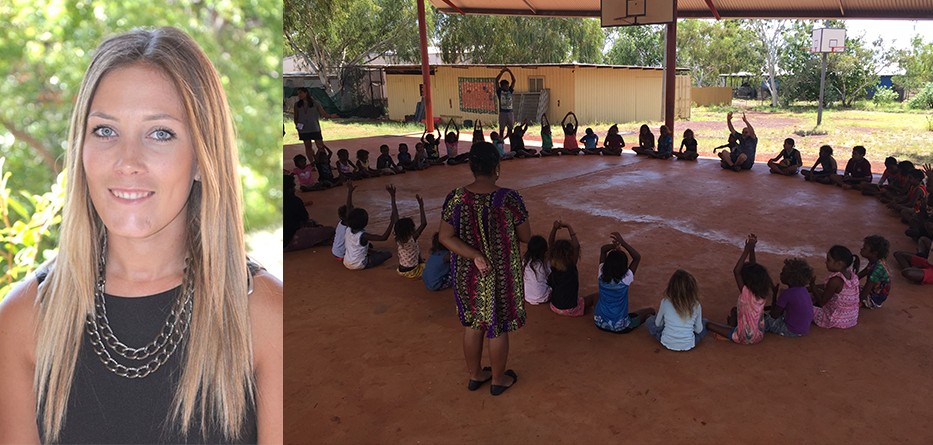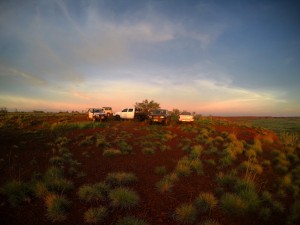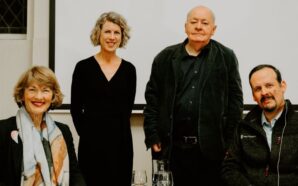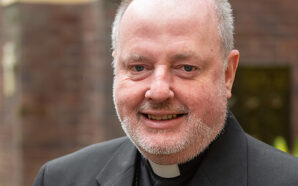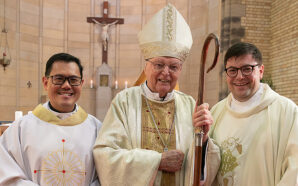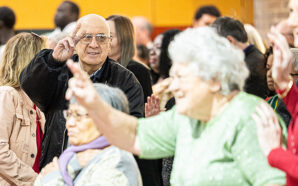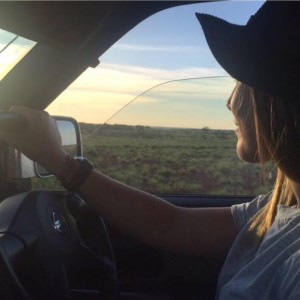 Alice Hann, a 24-year-old teacher from Gilroy College, Castle Hill, has embarked on a secondment year to teach in Balgo, one of the most remote Aboriginal communities in Australia.
Alice Hann, a 24-year-old teacher from Gilroy College, Castle Hill, has embarked on a secondment year to teach in Balgo, one of the most remote Aboriginal communities in Australia.
Located in north-east Western Australia, burnt orange dirt roads carve into the Balgo (Wirrimanu) Indigenous community, found on the northern boundary of the Great Sandy Desert and the western edge of the Tanami Desert.
Flying overhead or nestled in a riverbank burrow, the Red-backed Kingfisher (Luurnpa in the native Kukatja language) alludes to the Dreaming story of the ancestral heritage of the Wirrimanu people.
The local school in the town of Balgo, Luurnpa Catholic School, adopted the name of the kingfisher, paying homage to their roots and the Aboriginal connection to the land.
The K-8 school commenced in 1984 at the invitation of the local Aboriginal community. With a total enrolment of 120 students, the school also offers courses for Years 9 and 10 through its Kutjungka Trade Training Centre.
The school is founded on Lasallian values: faith in the presence of God, concern for the poor and social justice, respect for all persons, building an inclusive community and providing quality education.
It was Alice’s volunteer work with the Lasallians that led to her first visit to Balgo.
“I had been out to Balgo three times prior to this year, in 2009, 2014 and 2015, volunteering at a summer camp with the Lasallian Foundation for two to three weeks each time,” Alice said.
“I was doing work in the community, playing with the children and helping them in activities like learning how to swim. When I came out last year, I realised that I wanted to stay and teach.”
Despite being formally trained to teach woodwork in Design and Technology, Alice is teaching Years 7 and 8 in everything from literacy to numeracy.
“Teaching across all subject areas is challenging, especially when English is a second or third language for many of the students. But I’m learning a lot of skills by teaching different levels in different subjects and I will take those skills back to the Diocese of Parramatta,” she said.
Working alongside eight other teachers, Alice teaches about 15-20 Indigenous students. She is enjoying being fully immersed in the culture and community.
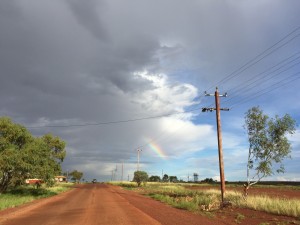 “There is only one shop, one clinic and one school. The community is limited in terms of facilities but we have what we need here. You learn to appreciate the little things and you come to realise that you don’t need a lot of things,” Alice said.
“There is only one shop, one clinic and one school. The community is limited in terms of facilities but we have what we need here. You learn to appreciate the little things and you come to realise that you don’t need a lot of things,” Alice said.
Having only taught for two years in Sydney previously, Alice’s move away from her home and family to teach in Balgo was a big change.
“I’ve never lived out of home before. You need to be adaptable. I didn’t speak the Kukatja language but I’m learning,” she said.
“It’s a small, remote community. It’s really important that I build a rapport and strong relationship with the local people, not just in the classroom but in the school and community as well.
“It’s really about embracing and learning about the culture. I’m learning new things every day.”
From water holes and star gazing to calming sunsets and rock formations, Alice is taking in the history that is etched into her surroundings.
“We’ve had cookouts at the lookout with all the staff, volunteers and parishioners. We head out for swims in the lake or play basketball after school on the courts,” she said.
“I’m not just a teacher, I’m a part of the community. Everyone is family out here.
“If you’re a passionate teacher and have the flexibility to move out here to teach, I definitely recommend grabbing the opportunity.”




